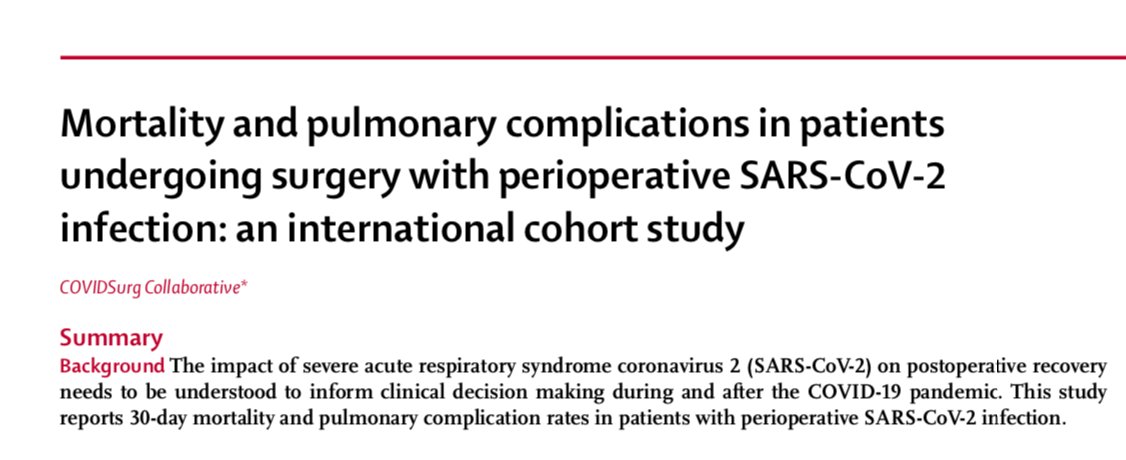
How to get URL link on X (Twitter) App


 The story of @FalconRct starts with the @GlobalSurg-2 cohort study.
The story of @FalconRct starts with the @GlobalSurg-2 cohort study.

 We pooled 30-day postop mortality children from @CovidSurg cohort study (Feb-July 2020) & @CovidSurg Week (Oct 2020).
We pooled 30-day postop mortality children from @CovidSurg cohort study (Feb-July 2020) & @CovidSurg Week (Oct 2020).

https://twitter.com/HerniaResearch/status/1410341063018024970In the IJS impact factor calculation, two articles in the denominator account for 37.5% (1342/3582) of all citations.

https://twitter.com/RCSnews/status/1409829230310047744Clearly someone entering ST3 surgery can be expected to have a baseline of knowledge, skills, and experience. This should form the essential criteria. But I'm not sure it is useful to differentiate based on number of hernias done or posters presented so long as a minimum met.

 Firstly, the Operations Committee. They have worked long days on @CovidSurg: setting up/ running REDCap databases, maintaining communications, chasing up data queries, and many, many other tasks.
Firstly, the Operations Committee. They have worked long days on @CovidSurg: setting up/ running REDCap databases, maintaining communications, chasing up data queries, and many, many other tasks.